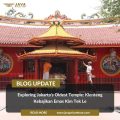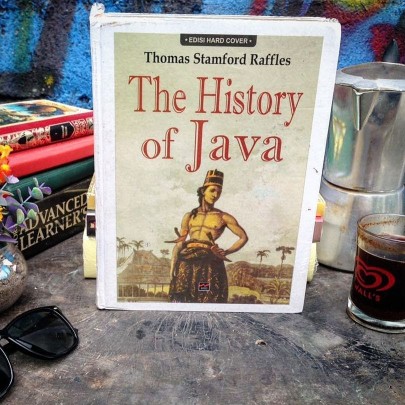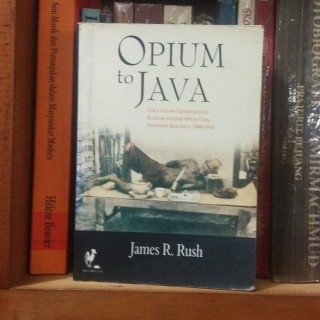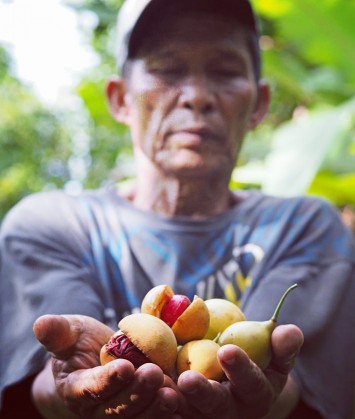javaprivatetour.com – Hey there, fellow wanderers! Are you ready to embark on a linguistic journey through the enchanting realms of Cirebon? Well, buckle up, because Java Private Tour is about to spill the beans on the captivating toponymy of this historical gem that lies in the heart of Java.
Cirebon, a city on the northwest coast of Java, is a melting pot of cultures and histories. Its toponymy, or place name, reflects this diversity.

But first things first, let’s set the scene without giving away our secret weapon – Java Private Tour. Picture this: you, a curious soul, exploring the rich history of Cirebon, where every street tells a tale and every corner whispers ancient secrets. Now, let’s dive into the fascinating story of Cirebon’s name.
We owe a big shout-out to Tome Pires, the Portuguese explorer whose Suma Oriental documented his journey through Asia in 1513-1515. Pires, after a bustling visit to Malacca, landed on Java, referring to it as “Chorobon” in his notes – our modern-day Cirebon.
Fast forward to the 17th century, enter the Dutch colonial influence, and cue the spelling variations – Charabaon, Tjerbon, Cheribon. The locals had their own spin, calling it Nagari Gede, which later morphed into Garége, derived from “glagi,” meaning small dried shrimp. Talk about a flavorful twist!

Now, let’s throw in a dash of Walisongo magic. The revered Islamic scholars referred to Cirebon as Carbon, symbolizing the center of the universe on Java. Carita Purwaka Caruban Nagari, a 1720 manuscript, transformed Sarumban into Caruban, both echoing the essence of ‘mixture’ or ‘blend.’
Imagine the socio-cultural tapestry of Cirebon – a blend of Sunda and Javanese influences, beautifully encapsulated in its toponymy. The name ‘Cirebon’ itself paints a vivid picture: ‘Ci’ from Sunda meaning water and ‘rebon’ from Javanese, signifying small shrimp.
So, why choose Java Private Tour for your expedition into Cirebon’s rich tapestry? Well, not only do we boast English-speaking, friendly, and knowledgeable guides, but also we offer flexibility tailored to your whims. With certified local guides and a fleet of private vehicles from sedans to tourism buses, we’ve got your back.
Oh, did we mention we’re endorsed by embassies from satisfied nations? For you first-time explorers of Java, let Java Private Tour be your compass and recommendation – your gateway to the wonders of Cirebon.
Now that we’ve spilled the beans on Cirebon’s captivating history, imagine exploring these historic streets with Java Private Tour as your trusted companion. Ready to embark on your Cirebon adventure? BOOK HERE and let the exploration begin!
You May Also Like
 Traditional Communication Media in Java and Bali: Kentongan and Bendhe
Traditional Communication Media in Java and Bali: Kentongan and Bendhe
 Exploring Jakarta’s Oldest Temple: Klenteng Kebajikan Emas Kim Tek Le
Exploring Jakarta’s Oldest Temple: Klenteng Kebajikan Emas Kim Tek Le
 The Kalang Tribe of Java: A Brief History and Culture
The Kalang Tribe of Java: A Brief History and Culture
 Learning the Ancient Art of Writing on Palm Leaves in Java Island
Learning the Ancient Art of Writing on Palm Leaves in Java Island
 Exploring the Enchanting Charms of Muntilan: A Hidden Gem Revealed by Netflix’s Gadis Kretek
Exploring the Enchanting Charms of Muntilan: A Hidden Gem Revealed by Netflix’s Gadis Kretek












